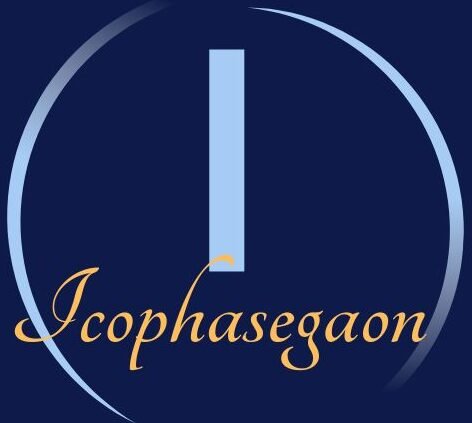The last week of February will be the best for those Americans who depend on Social Security or Supplemental Security Income. This month the government is going to issue two new payments, which will directly benefit millions of people.
When and who will get Social Security payment?

If you are a beneficiary of Social Security or SSI, then money is likely to come to your account in February. In particular, more than 7.5 million citizens are going to receive payment under SSI, and they will receive a new payment on February 28.
At the same time, if you are not eligible for SSI but are receiving Social Security Retirement Benefits, then you have to fulfill some conditions.
Eligibility conditions to receive payment on February 26:
If you were not eligible for any previous payment in February, then you can get this amount on February 26. For this you have to fulfill the following conditions:
- You are not taking SSI benefits.
- You started receiving Social Security after April 30, 1997.
- You were born between the 21st and 31st of January.
- You are still eligible and have not violated SSA rules.
People who are beneficiaries of both SSI and Social Security will receive retirement payments on March 3, 2025. Since February has only 28 days, payments will be made two days earlier than other months.
Maximum and average amount of Social Security and SSI payments in February 2025
Beneficiaries of the SSI program receive the lowest payments, especially those classified as “Essential Persons.” Their maximum assistance amount will be $484, up from $472 previously.
Potential maximum payment amount:
- Individual SSI beneficiary: $967
- Married eligible couple: $1,450
- Retiree receiving Social Security payments on February 26: Up to $5,108
The average retirement benefit as of January 2025 was $1,976. However, if a person applied for retirement at age 62 and worked for only 10 years (40 work credits), they may receive a lower payment than the average.
Such people can apply for SSI and SNAP (Supplemental Nutrition Assistance Program) benefits to meet their financial needs.
What is the difference between SSI and Social Security?
1. Basis of eligibility:
Social Security
- It is based on the person’s work history and work credits earned.
- The amount of benefit depends on the person’s average lifetime income and taxes paid.
SSI
- It is based solely on economic need.
- It requires limited income and resources, whether you have worked before or not.
2. Financial Source:
Social Security
- It is funded by payroll taxes (FICA) from employees, employers, and self-employed individuals.
- This amount is deposited into special Social Security Trust Funds.
SSI
It is funded from General Tax Revenues, not the Social Security Trust Fund.
3. Types of Benefits and Additional Assistance:
Social Security
- It includes retirement, disability, survivor, and spousal benefits.
- It is not affected by changes in living arrangements.
- Recipients also receive benefits from Medicare (government health insurance plan).
SSI
- It provides financial assistance only for essential basic needs such as food, clothing, and housing.
- Changes in income, resources, and living conditions may affect the benefit amount.
- Typically, SSI beneficiaries also receive benefits from Medicaid (state-run health insurance plan).
4. Impact of Income and Resources:
Social Security
- Income from other sources does not affect Social Security benefits, but work-based income may result in some reductions.
- There are no income or resource limits because these are earned benefits.
SSI
- Beneficiaries have to report all income sources because it directly affects their monthly SSI payment.
- There are strict income and resource limits.
Conclusion
Millions of Americans will benefit from Social Security and SSI payments in February. If you meet the eligibility criteria, you can receive a payment in your bank account on February 26 or 28. Also, if you are getting a lower payment, you can apply for other government assistance programs like SSI and SNAP.
If you’re not sure whether you qualify, visit the Social Security Administration’s (SSA) official website and check your benefits.
FAQs
Q1. Who will receive Social Security payments on February 26, 2025?
Retirees who meet the following conditions:
Not receiving SSI benefits
Started receiving Social Security after April 30, 1997
Born between the 21st and 31st of any month
Q2. When will SSI beneficiaries receive their February payment?
SSI recipients will receive their payment on February 28, 2025.
Q3. How much is the maximum SSI benefit in 2025?
Individuals: $967
Eligible couples: $1,450
Essential persons: $484
Q4. Can I receive both Social Security and SSI payments?
Yes, if you meet eligibility criteria for both programs. In that case, your Social Security payment will arrive on March 3, 2025.
Q5. What is the difference between Social Security and SSI?
Social Security is based on work history and payroll tax contributions, while SSI is need-based and funded by general tax revenue.



